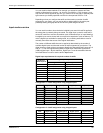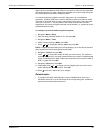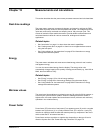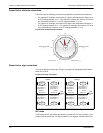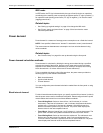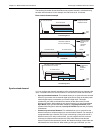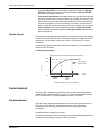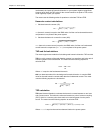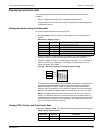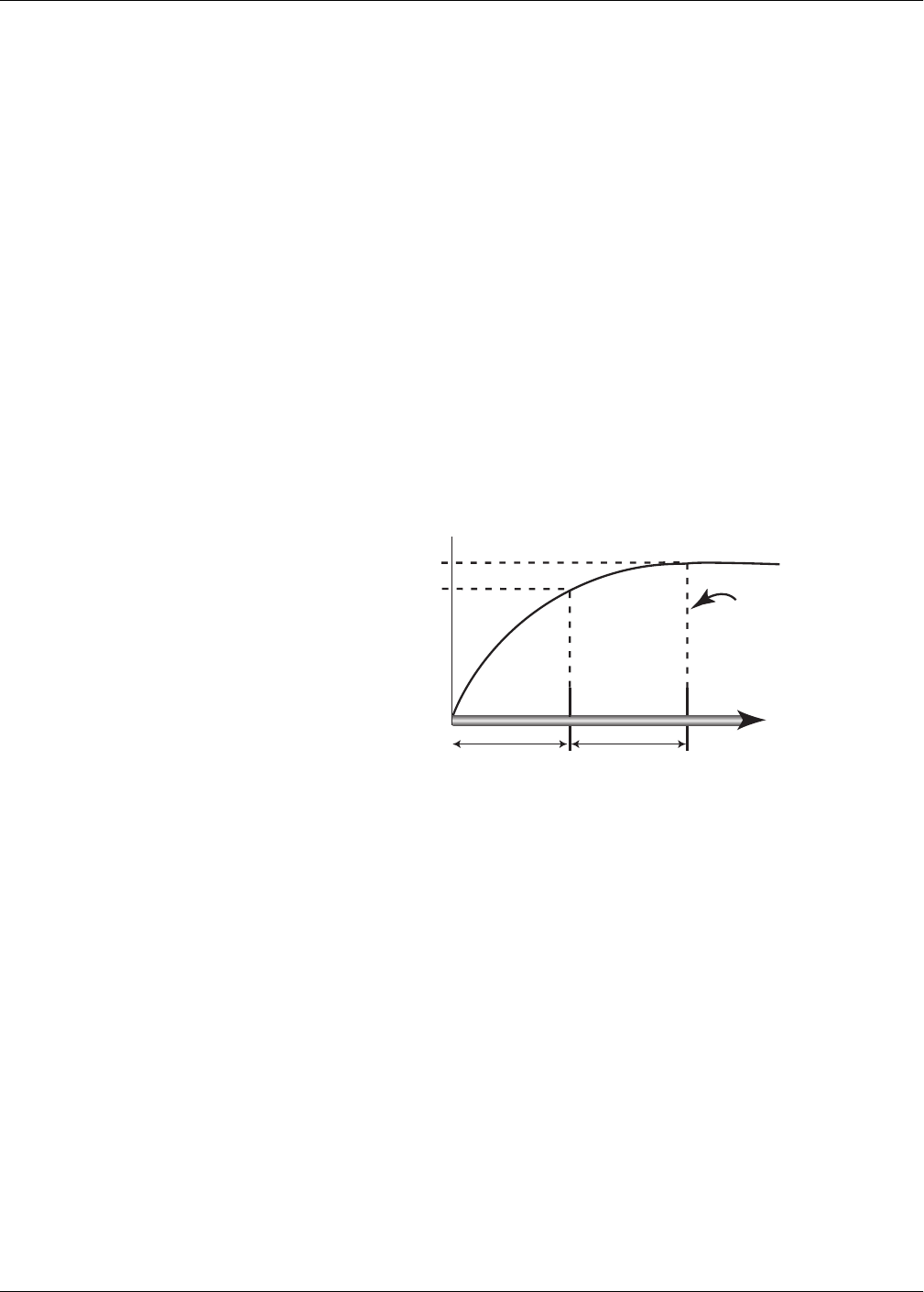
PowerLogic™ PM5500 series user manual Chapter 12—Measurements and calculations
HRB1684301-01 113
choose Cmd Sync Block (command-synchronized block demand) or Cmd Sync
Roll Block (command-synchronized rolling block demand). Cmd Sync Roll Blk
requires that you specify a subinterval.
• Clock synchronized demand: This method allows you to synchronize the demand
interval to the power meter’s internal real-time clock. This helps you synchronize the
demand to a particular time, typically on the hour (for example, at 12:00 am). If you
select another time of day when the demand intervals are to be synchronized, the
time must be specified in minutes from midnight. For example, to synchronize at
8:00 am, select 480 minutes. When setting up this type of demand, you can choose
Clock Sync Block (clock-synchronized block demand) or Clock Sync Roll Blk
(clock-synchronized rolling block demand). Clock Sync Roll Blk requires that you
specify a subinterval.
Thermal demand
Thermal demand calculates the demand based on a thermal response, which imitates
the function of thermal demand meters. The demand calculation updates at the end of
each interval. You can set the demand interval from 1 to 60 minutes (in 1-minute
increments).
The following illustration shows the thermal demand calculation. In this example, the
interval is set to 15 minutes.
Current demand
The power meter calculates current demand using one of the methods described in
“Power demand calculation methods” on page 111. You can set the demand interval
from 1 to 60 minutes in 1-minute increments (for example, 15 minutes).
Predicted demand
The power meter calculates predicted demand for the end of the present interval for
kW, kVAR, and kVA demand. This prediction takes into account the energy
consumption so far within the present (partial) interval and the present rate of
consumption.
Predicted demand is updated every second.
The following illustration shows how a change in load can affect predicted demand for
the interval. In this example, the interval is set to 15 minutes.
Thermal demand example
The interval is a window of time that moves across the timeline
15-minute
interval
next
15-minute
interval
Time
(minutes)
Last completed
demand interval
Calculation updates at the end of each interval
% of Load
0%
90%
99%



